Susan Blight: breaking down silos
‘All of my work is informed by my own understanding of Anishinaabe cultural identity.’
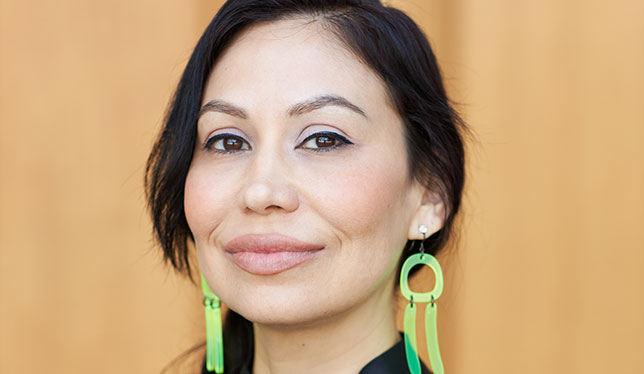
Susan Blight, an assistant professor at OCAD University, was teaching an online class on Indigenous literature during the pandemic when an idea struck. A student told Ms. Blight she was watching the lectures with her mom, and Ms. Blight remembers thinking, “This is how it should be. We should be able to invite our family members into the classroom.”
Ms. Blight is a member of the Anishinaabe Nation in Treaty #3 and a band member of Couchiching First Nation. She is also the program chair in Indigenous Visual Culture (INVC) at OCAD University in Toronto and an interdisciplinary artist who works with public art, site-specific intervention, photography, film and social practice.
As a researcher, artist and academic, there’s a binding thread throughout Ms. Blight’s varied work: making space for Indigenous people and Indigenous knowledge. When such knowledge is heard, validated and recognized, it opens up avenues for more equity, she says.
To that end, after hearing from the student watching online lectures with her mom, Ms. Blight decided to overhaul an existing residency program hosted through the INVC program at OCAD. Under her leadership, the university expanded the Nigig Residency – Nigig means otter in Ojibwe – to community members who are not enrolled at OCAD U at no cost. In doing so, Ms, Blight helped remove barriers so more people can collaboratively learn and benefit alongside students taking the summer course for credit.
“Indigenous education is intergenerational. The ways in which knowledge is passed from generation to generation, that kind of intergenerational transmission, is super important.”
The revamped residency is just one way Ms. Blight is breaking down silos and integrating Indigenous knowledge into academia – an aim motivated by a sense of responsibility to community.
“Indigenous education is intergenerational. The ways in which knowledge is passed from generation to generation, that kind of intergenerational transmission, is super important,” she says. “Everybody holds some kind of knowledge and it is shared amongst all the people back and forth, in this sort of continuum.”
Tensions exist, however, between that model and a Western education system. In university classrooms, for example, knowledge is typically transferred from professors to students, not back and forth.
“There are certain things within our academic institutions that are kind of holdovers from a colonial or imperial way of thinking, and so when you try to fit Indigenous knowledge into that paradigm, oftentimes they’re very incommensurate. It oftentimes doesn’t seem like a good fit.”
Another example rests in the knowledge systems of Indigenous communities being inseparable from their lands. Land-based learning involves physically being on the land, Ms. Blight says, as well as learning by doing and moving.
“The idea of land-based learning – we understand to be important and we understand to be an Indigenous paradigm,” Ms. Blight says. “But when you take a campus like OCAD, for instance, which is an urban campus in the largest city in Canada, the idea of land-based learning becomes one that is difficult in a pragmatic sense. Where do we do this? And how do we get students out there?”
Answering such questions and truly integrating Indigenous knowledge in academic spaces is an ongoing project, Ms. Blight adds, and will be for a long time. But to get there, she considers visual art and design to be ideal spaces for trying to incorporate Indigenous knowledge. “As artists, we deal with the imagination. There are less strict parameters and limits.”
Julia Rose Sutherland, a Mi’kmaq (Metepenagiag Nation) and settler artist who joined OCAD U as an assistant professor in 2021, teaches in the faculty of design and the INVC program. She describes Ms. Blight as a kind and generous colleague who “runs on a different level” – balancing her PhD work; chairing the program; educating students; and being an artist and activist who shares her philosophies in accessible ways.
As someone who’s new to the institution, Ms. Sutherland says she takes a lot of cues from how Ms. Blight stewards her classroom. “I get students after [her class], and their eyes widen up and they’re so excited and they talk to me about what they’ve done in their class,” she says. It’s inspiring to see, she says, and it lets her, and others, know that they can also do those things. “This is all possible, and it can be possible to do it with care and kindness and humility, like Susan,” Ms. Sutherland says.
“In the spirit of a kind of rebelliousness, there is the desire on our part to take back space and to put our language in its rightful place, which is on our land.”
At OCAD, the 10-year-old Indigenous visual culture program Ms. Blight has overseen since 2019 is taught by an all-Indigenous faculty. Students learn Indigenous creative traditions, such as beadwork, sculptures and painting, and that’s complemented with learning about the theories, methodologies and concepts that accompany such art and design practices.
While some students learn such skills in their homes and in their communities, Ms. Blight says the effects of colonization means other students’ connections to ancestral technologies have been severed.
In addition to providing students an opportunity to learn Indigenous art and design practices, the INVC program also contributes to the creation of the discipline of Indigenous visual culture. “The academic sense of it is still something that we are kind of forming and formulating,” Ms. Blight explains. “I’m excited to see where Indigenous visual culture as a program at OCAD goes, how big it can get and how much more we can do to align it with Indigenous ways of knowing and being.”
Ms. Blight’s own art encompasses installations, sculptures, video, film and textiles. “All of my work is informed by my own understanding of Anishinaabe cultural identity,” she says.
Growing up surrounded by her culture, Ms. Blight’s maternal grandparents also helped to raise her. After earning a bachelor of arts from the University of Manitoba and a master’s of fine arts from the University of Windsor, she is currently pursuing a PhD in social justice education at the Ontario Institute for Studies in Education at the University of Toronto, with supervisor Eve Tuck. Her dissertation looks at the visual and spatial formations of Anishinaabeg geographies of resistance.
In addition to her academic education, Ms. Blight has dedicated time as a student in her own community, including learning her Indigenous language, Anishinaabemowin. “I’ve taken two roads in terms of my education, learning culturally from my own people but also [receiving] a Western education,” she says. “I may be almost a doctor in the Western sense, but I’m not almost a doctor in Anishinaabe ways. I’m still very young and new to it.”
Those experiences of learning in different ways continue to inform Ms. Blight’s work as an academic and artist. An ongoing art project she’s become well-known for is the Ogimaa Mikana, an artist collective she co-founded in 2013 that works to reclaim and rename the roads and landmarks of Anishinaabeg territory by restoring place names to Anishinaabemowin.
“In the spirit of a kind of rebelliousness, there is the desire on our part to take back space and to put our language in its rightful place, which is on our land,” she says. “The hope is that what is reflected back to our own people, as well as non-Indigenous people, is the idea that our languages are here. We are still here. Our languages are alive and we are still alive, and we have the right to take back that space.”

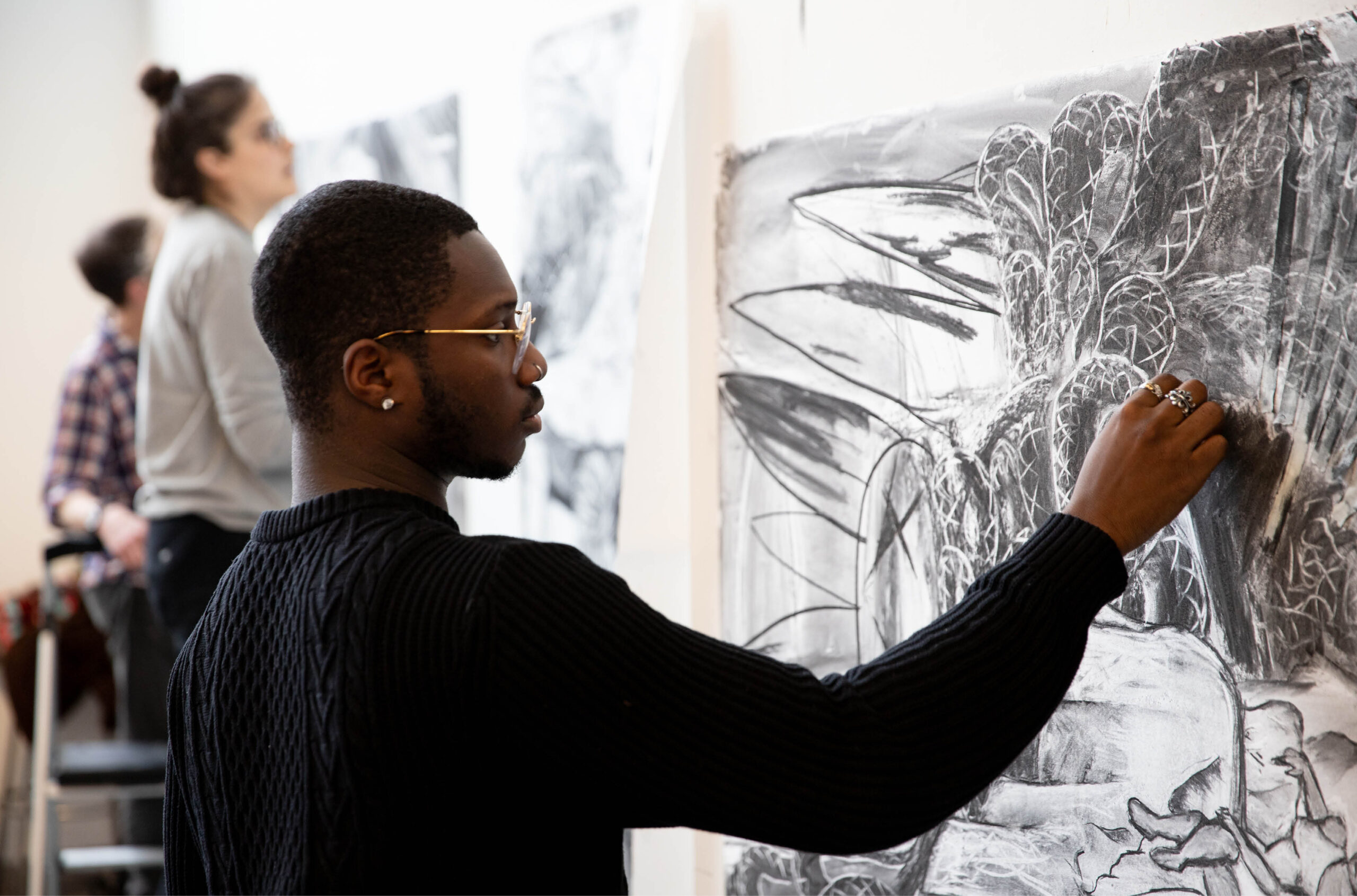
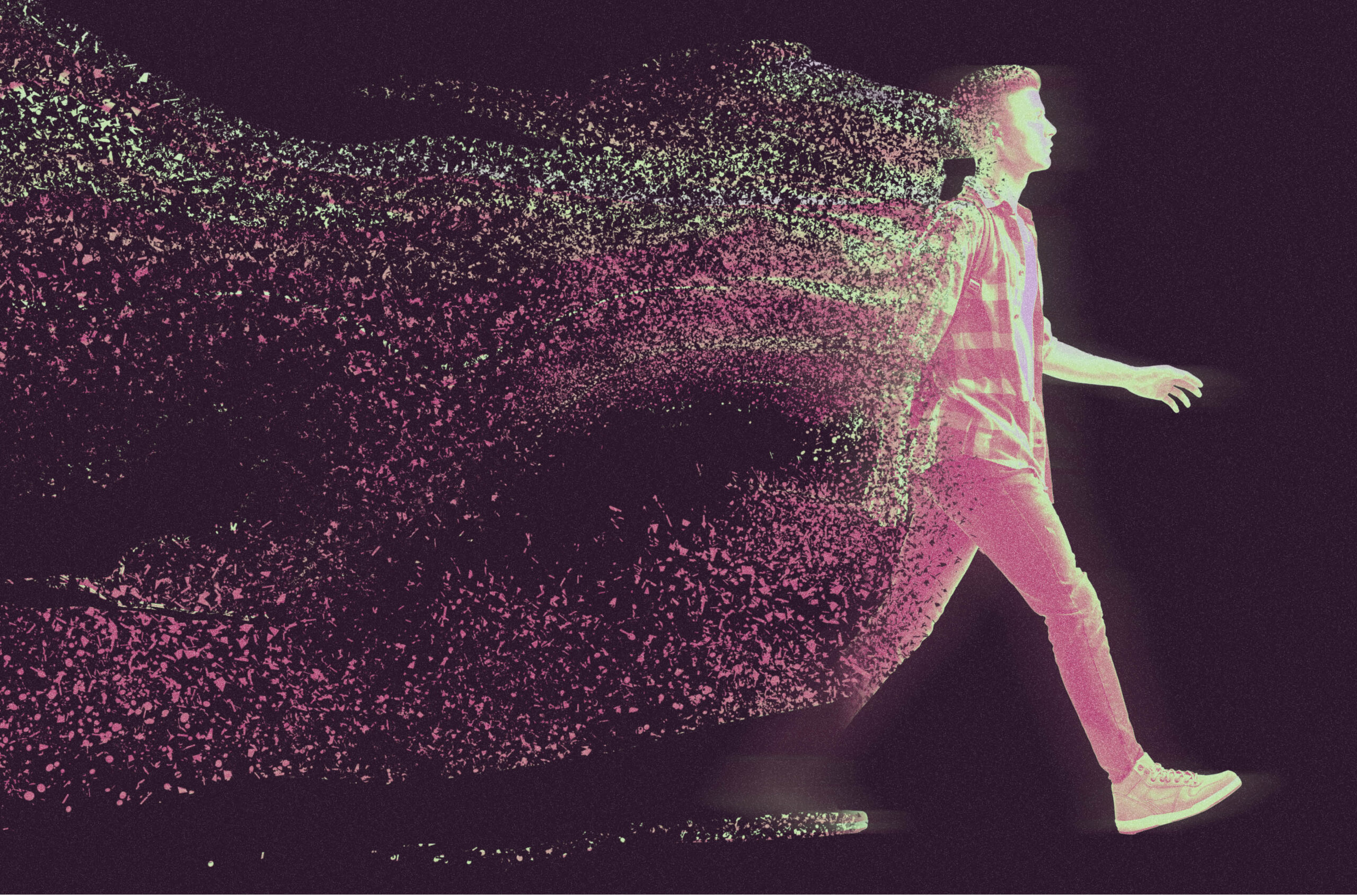
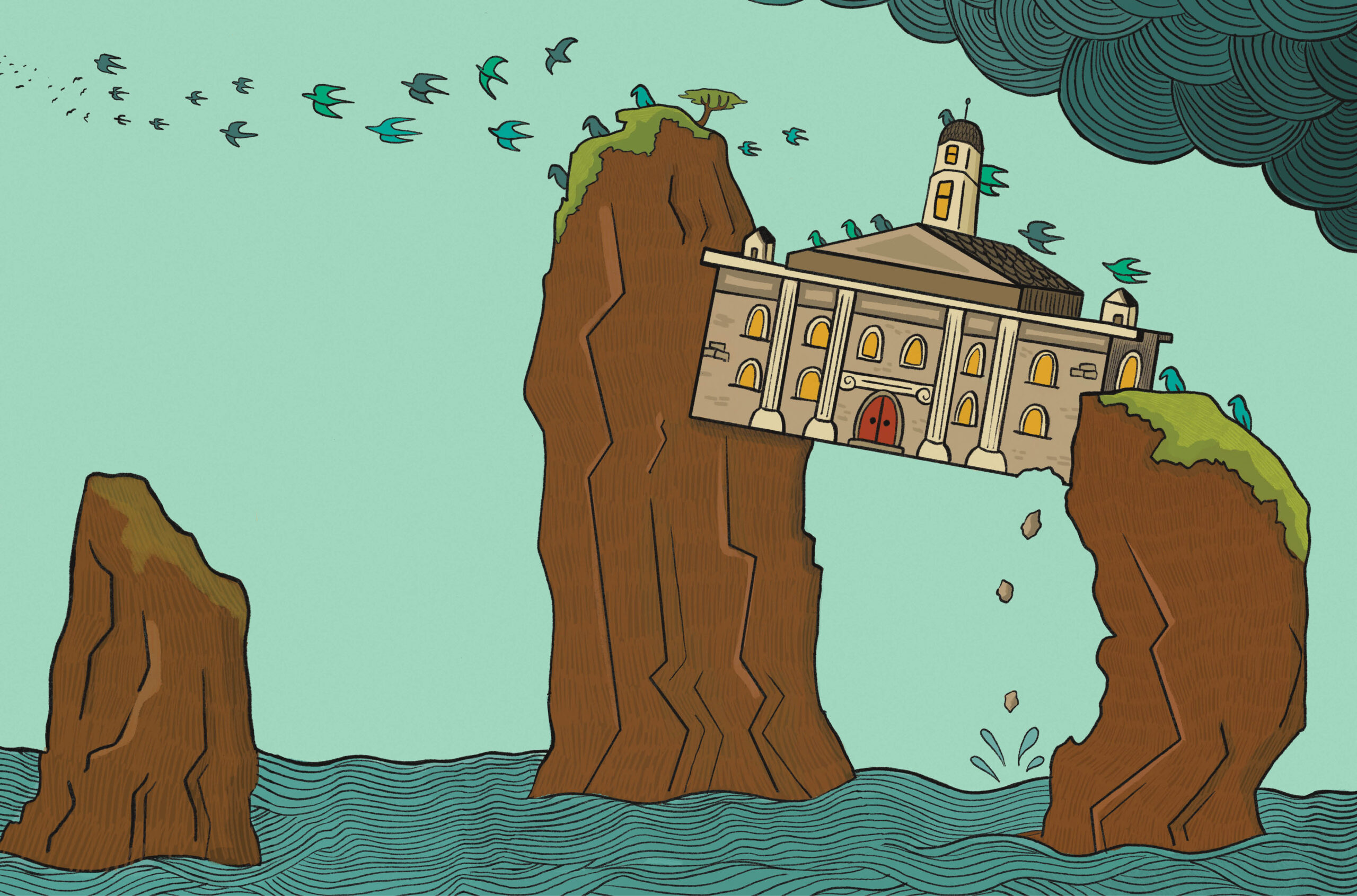
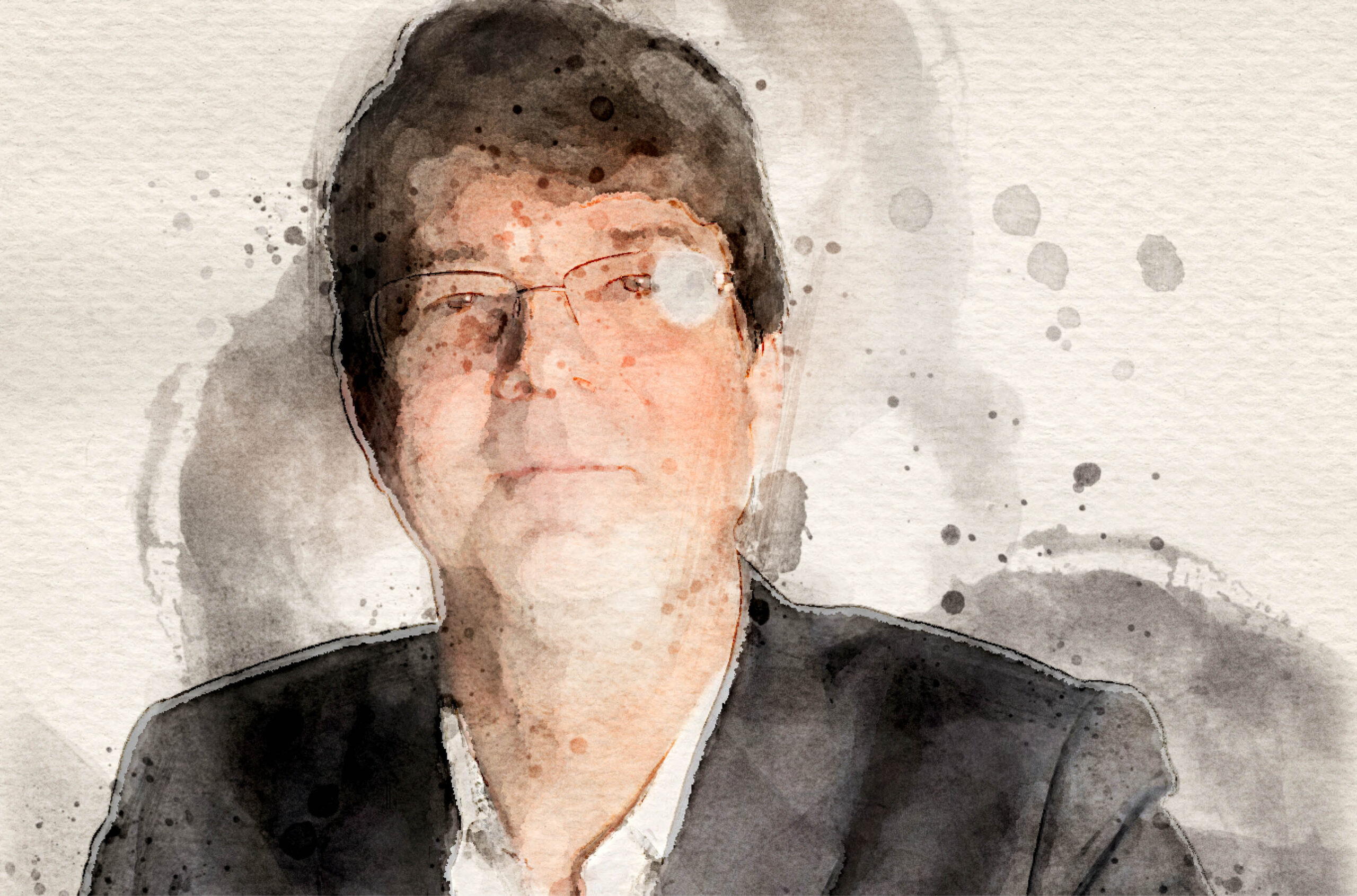
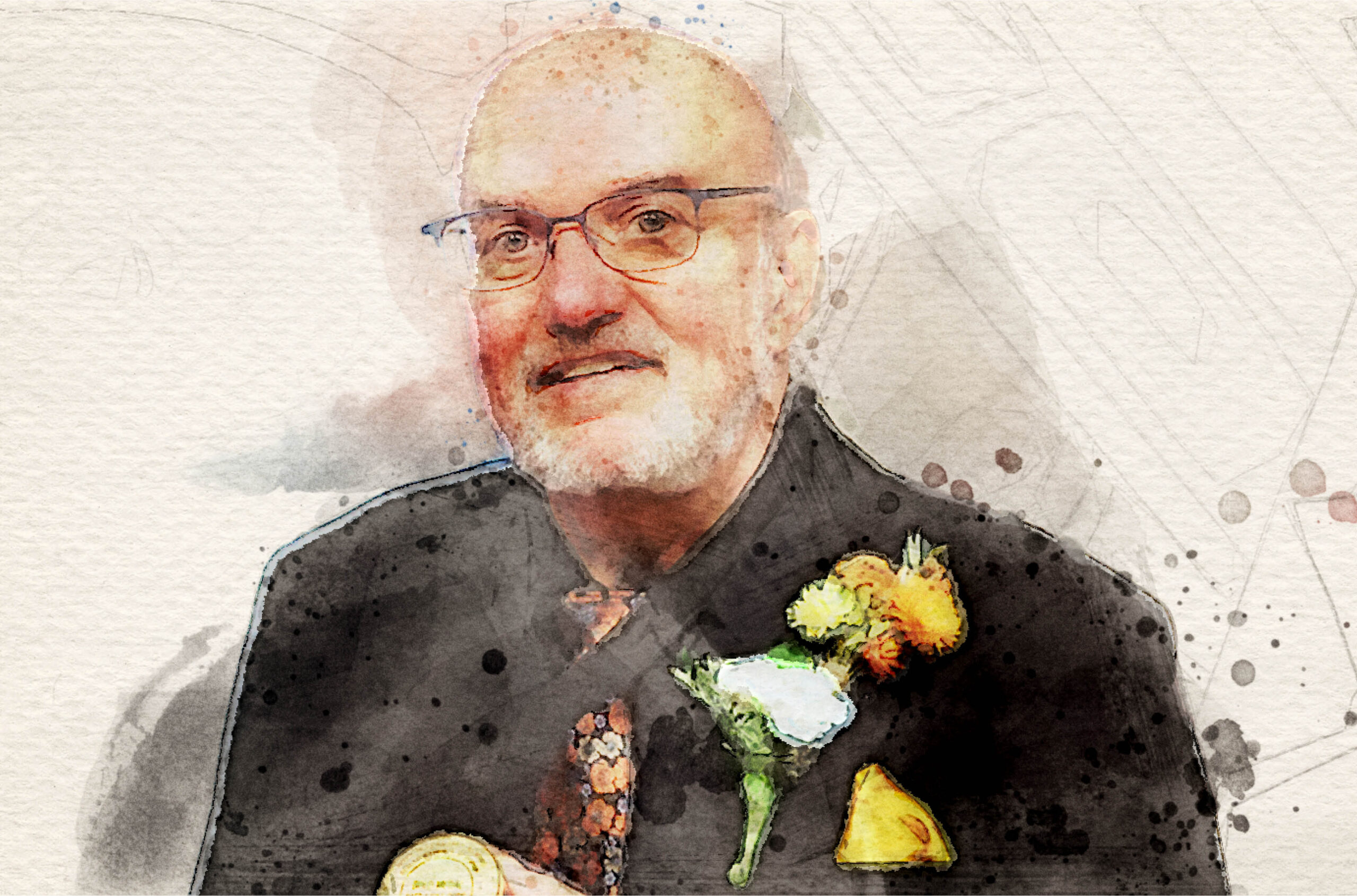
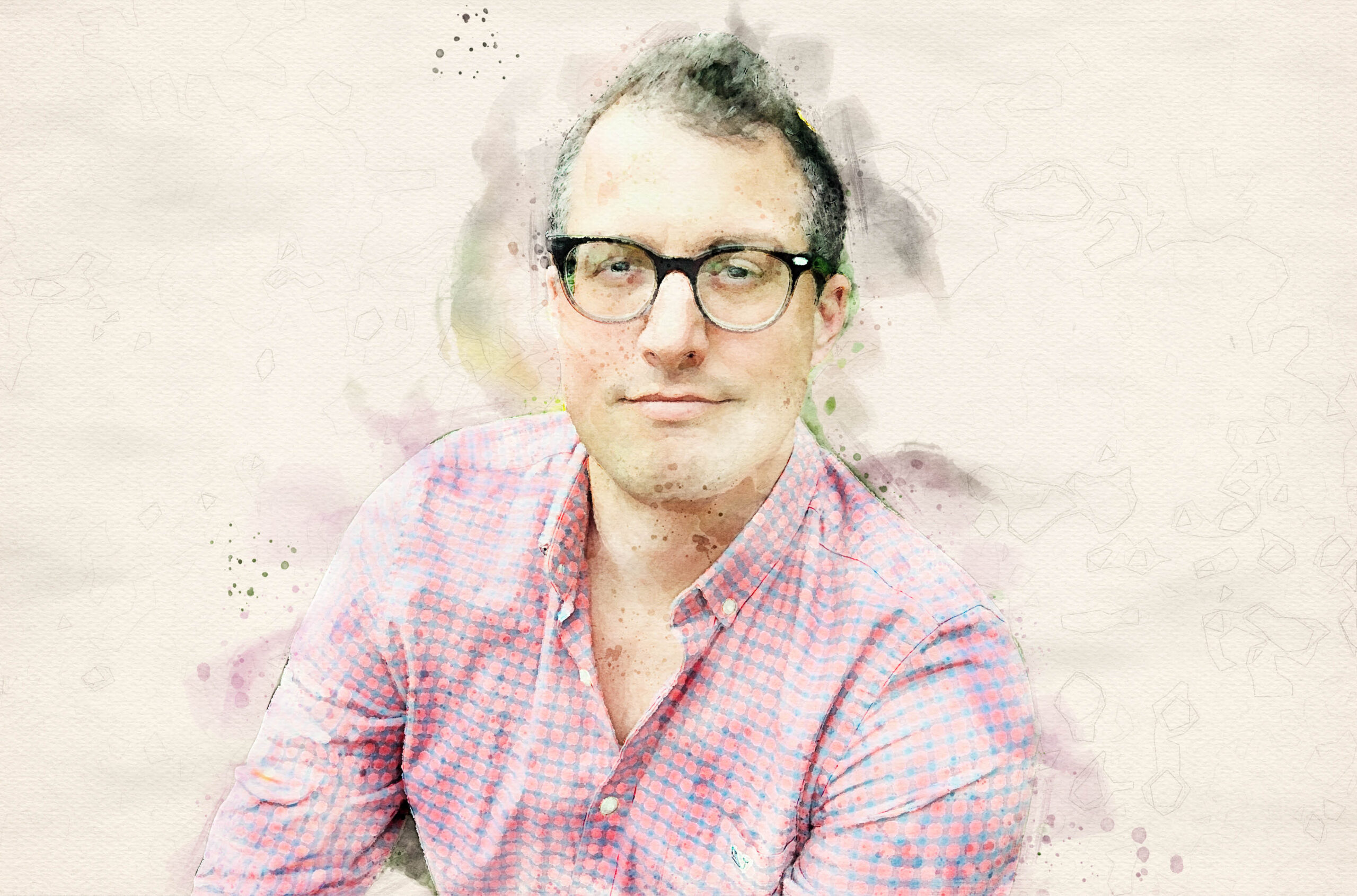
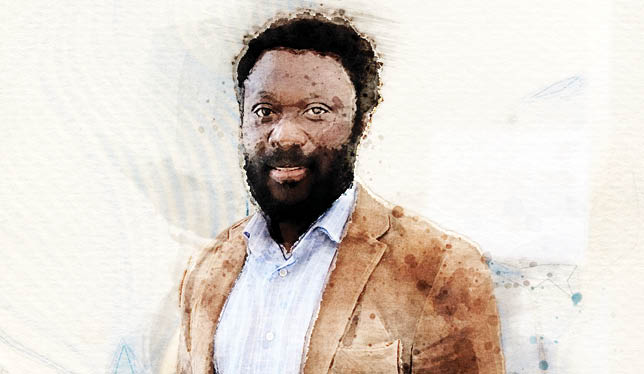
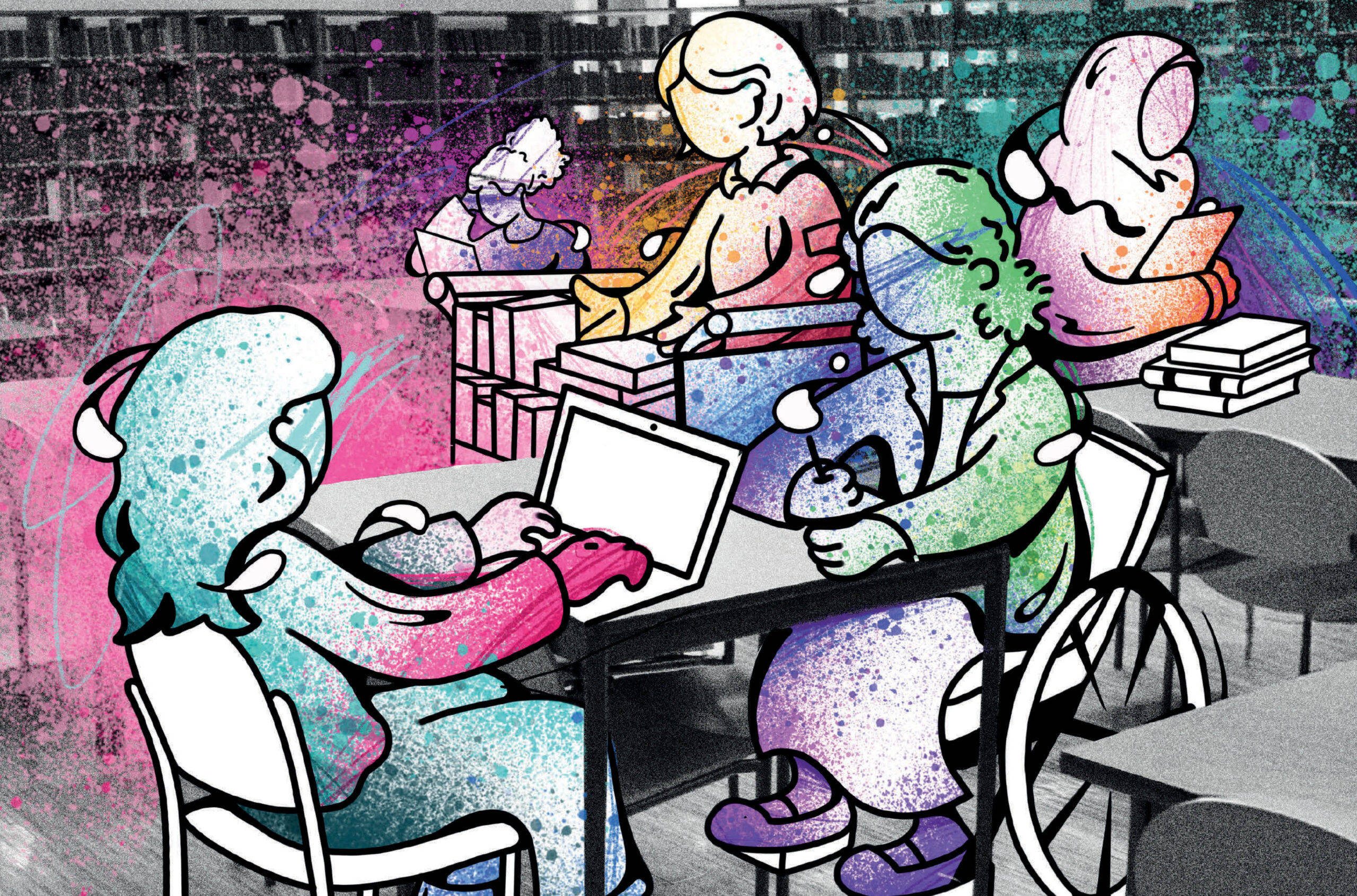
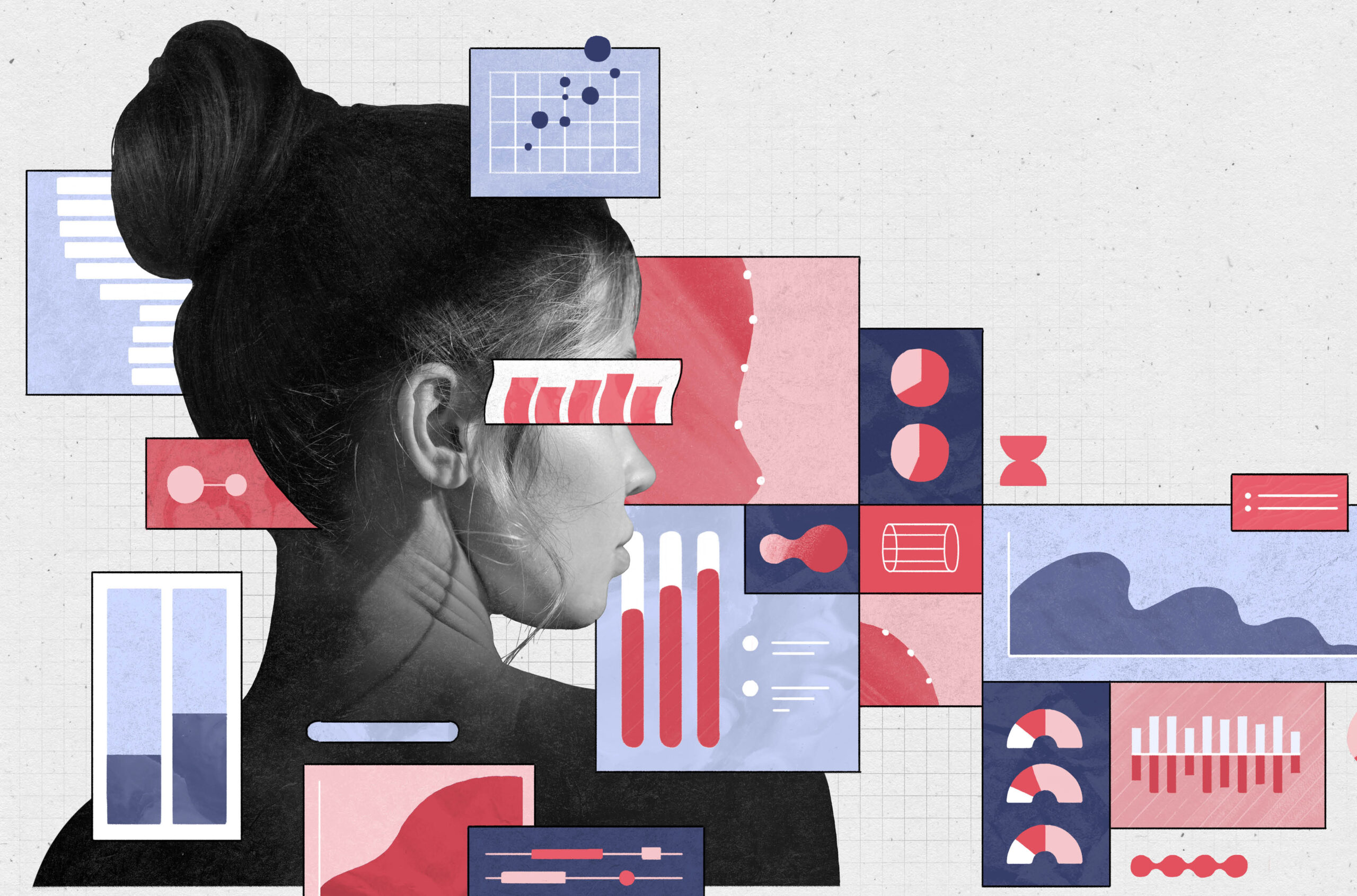

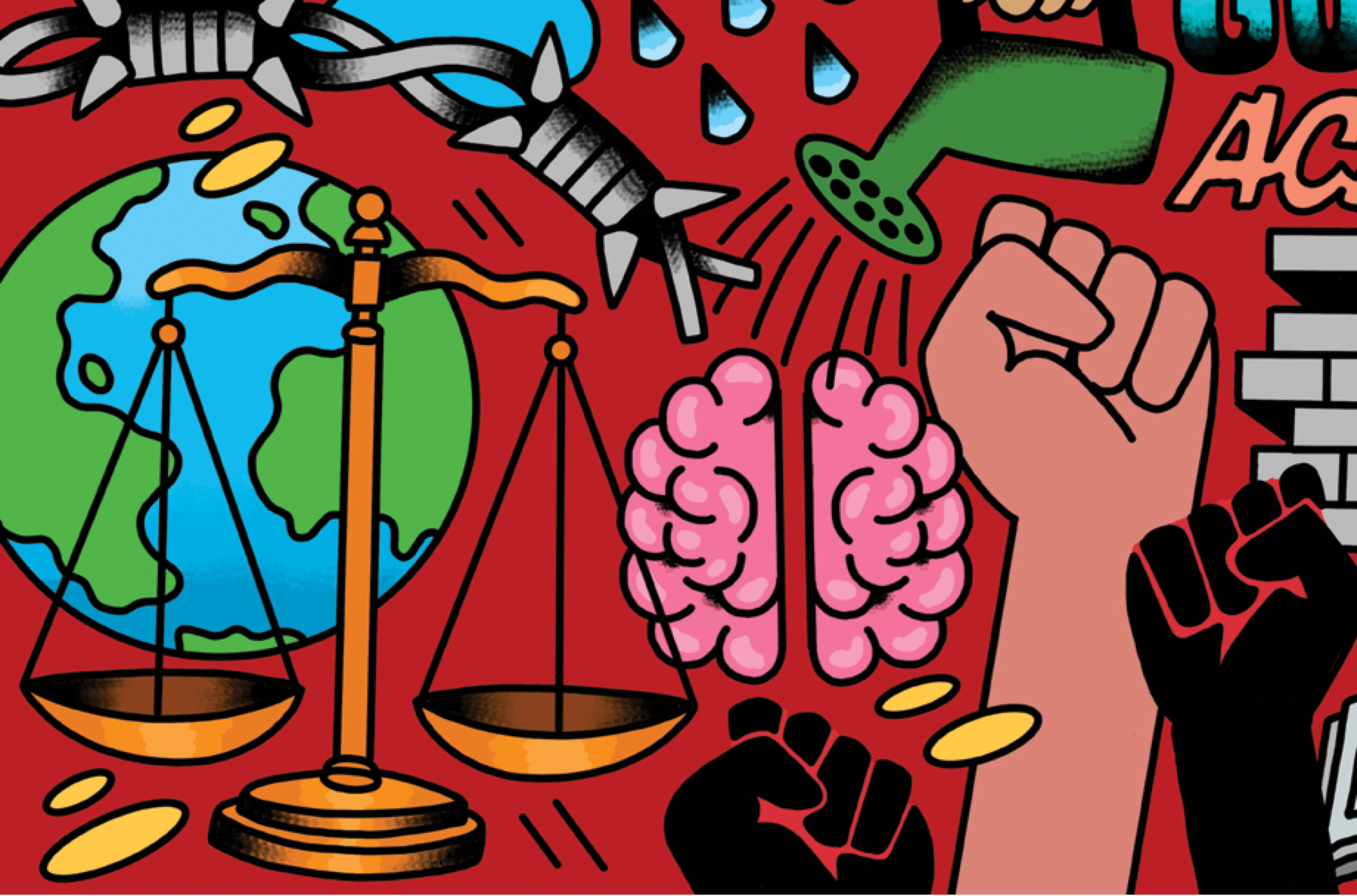
Post a comment
University Affairs moderates all comments according to the following guidelines. If approved, comments generally appear within one business day. We may republish particularly insightful remarks in our print edition or elsewhere.